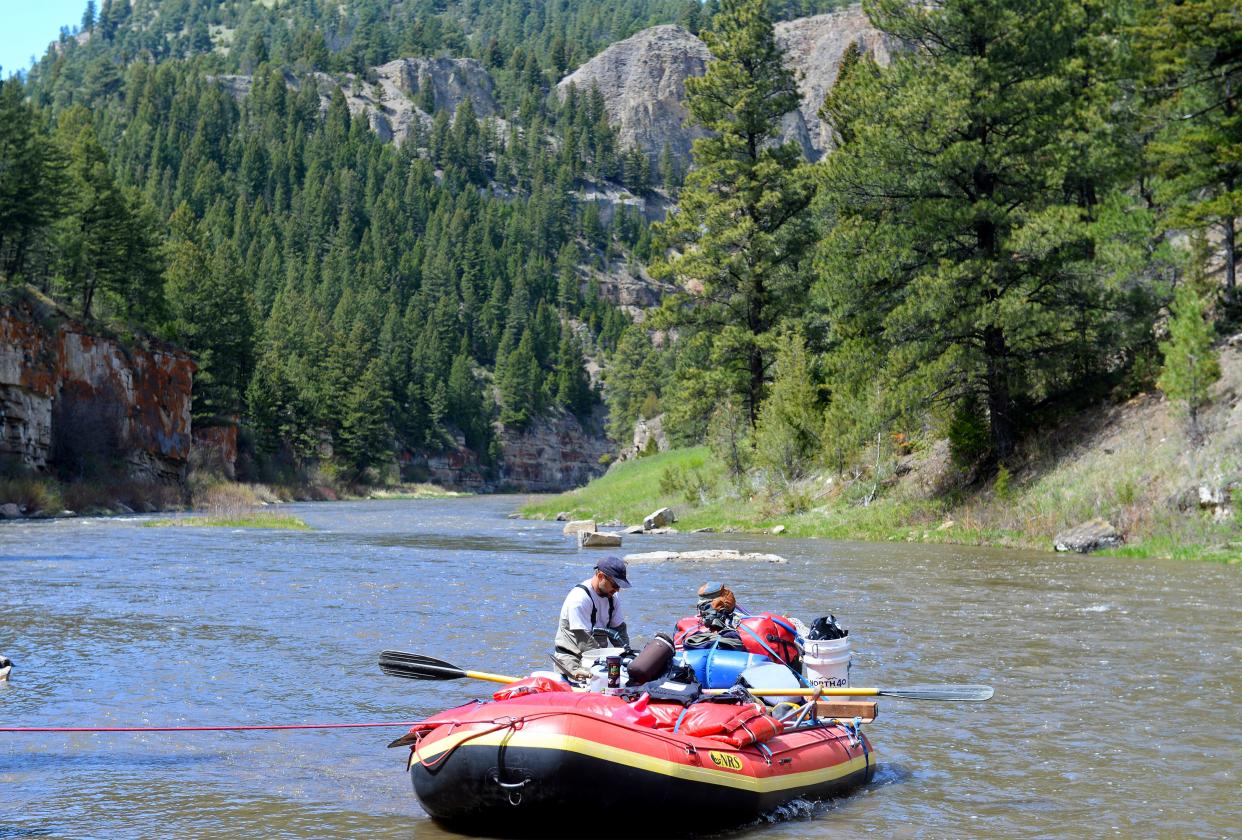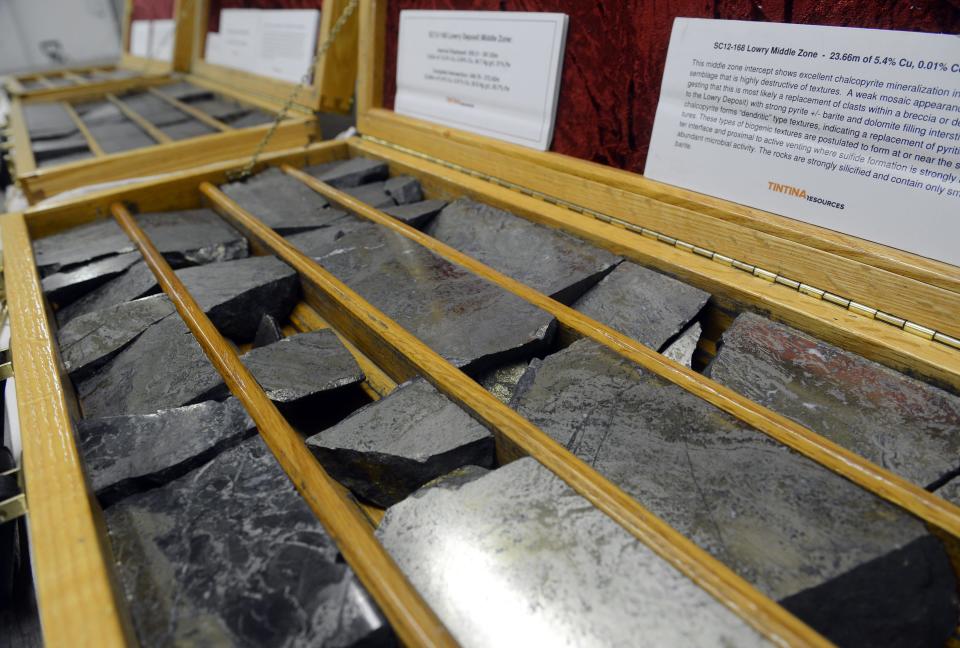Montana Supreme Court approves Smith River copper mine

After nearly a decade a proposed Montana copper mine project in the Little Belt Mountains has been given a final go-ahead by the Montana State Supreme Court.
On Monday the court reversed a 2020 court decision from the 14th Judicial District that effectively blocked development of a copper mine northwest of White Sulphur Springs. The Supreme Court's decision has opened the doors to a project some describe as an economic game changer, and others as an existential threat to one of Montana’s most beloved wildland rivers.
The Black Butte Mine Project northwest of White Sulphur Springs first took root in 2010 when Tintina Montana, a subsidiary of Canadian mining company Sandfire Resources, acquired the mineral rights on 2,000 acres of land in northwestern Meagher County. Tintina located high-grade copper deposits on private land bordering Sheep Creek, a major tributary of the Smith River 15 miles upstream from where the two rivers converge.
“The Smith River is an undisputed Montana treasure,” the Supreme Court’s decision states up front. “It rises in southern Meagher County and flows northwest between the Big Belt and Little Belt Mountains. “A 59-mile segment of the Smith, with only one public put-in and take-out, provides anglers and other recreationists with an iconic and coveted float trip.”
Each year thousands of people apply for a permit to float the Smith, both for its scenery and its cold-water trout fishing opportunities. The State only awards about 1,000 depending upon stream flows. Sheep Creek accounts for over half of the spawning habitat for rainbow trout in the Smith River drainage and is a critical source of water for the Smith’s frequently low in-stream flows.
The opposite side of the argument is the case for the potential economic opportunities a new mine could present. If developed the Black Butte Mine could offer up to 200 high-paying jobs in a county that has seen economic decline in recent decades as other timber and mining operations died out.
In December 2015 Trintina submitted a proposal to build more than three-and-a-half miles of underground tunnels along with associated roads, processing facilities, a water treatment plant, along with parking and fencing across a 300-acre site near the edge of the Lewis and Clark National Forest with “no significant harm" to surface or groundwater.” Fulltime operations were expected to last for the next 11 to 14 years.

That proposal and the DEQ’s approval of Tintina’s mining permits fired an immediate divide between local proponents and statewide conservationists.
“Montanans and the wildlife who depend on pristine water quality and adequate flows in the Smith River deserve no less than the full protections afforded by these laws,” said Jenny Harbine, an attorney with Earthjustice said.
Jerry Zieg, Tintina’s vice president of exploration, said the DEQ had done an exhaustive job analyzing the permits and that the company is equally concerned about keeping water quality in the Smith River basin pristine.
In 2020 the DEQ issued its decision to grant Tintina the required mining permits. Conservationists led by Montana Trout Unlimited argued DEQ’s decision failed to reasonably analyze alternative decisions and were in violation of the Montana Environmental Protection Act (MEPA).
On Monday the State Supreme Court sided with Tintina and the Black Butte Copper Mine.
“After carefully reviewing the record, we are satisfied that DEQ made a reasoned decision, the court said in a 94-page detailed decision. “Compiling an extensive record of scientific studies, expert examinations, engineering reports, testing, and comparison with other mining facilities around the world, and after considering a wide range of comments from members of the public, including the appellees, DEQ made a scientifically driven permitting decision that was supported by substantial evidence.”
Montana Trout Unlimited did not respond to Tribune requests for comment on the State Supreme Court’s decision.
“Today’s victory in the Montana Supreme Court is a validation of the thoughtful and deliberate efforts of the Sandfire America team to design a world-class, environmentally safe mining project from the beginning,” Sandfire America CEO Lincoln Greenidge said in a news release Monday. “Ours is the most reviewed and examined proposed project in the history of Montana mining. The Court record stands at over 90,000 pages of testimony, information, and analysis. We look forward to progressing the project in a safe, responsible, and sustainable manner.”
The precise path forward for the Black Butte mining project is not entirely clear. The project now has all the permits it needs to proceed, but still faces a challenge to it's forward progressed based upon a complaint to the Montana Constitution over “beneficial use of water” which could hamper expanded mine development.
This article originally appeared on Great Falls Tribune: Supreme Court approves copper mine near edge of beloved Smith River

